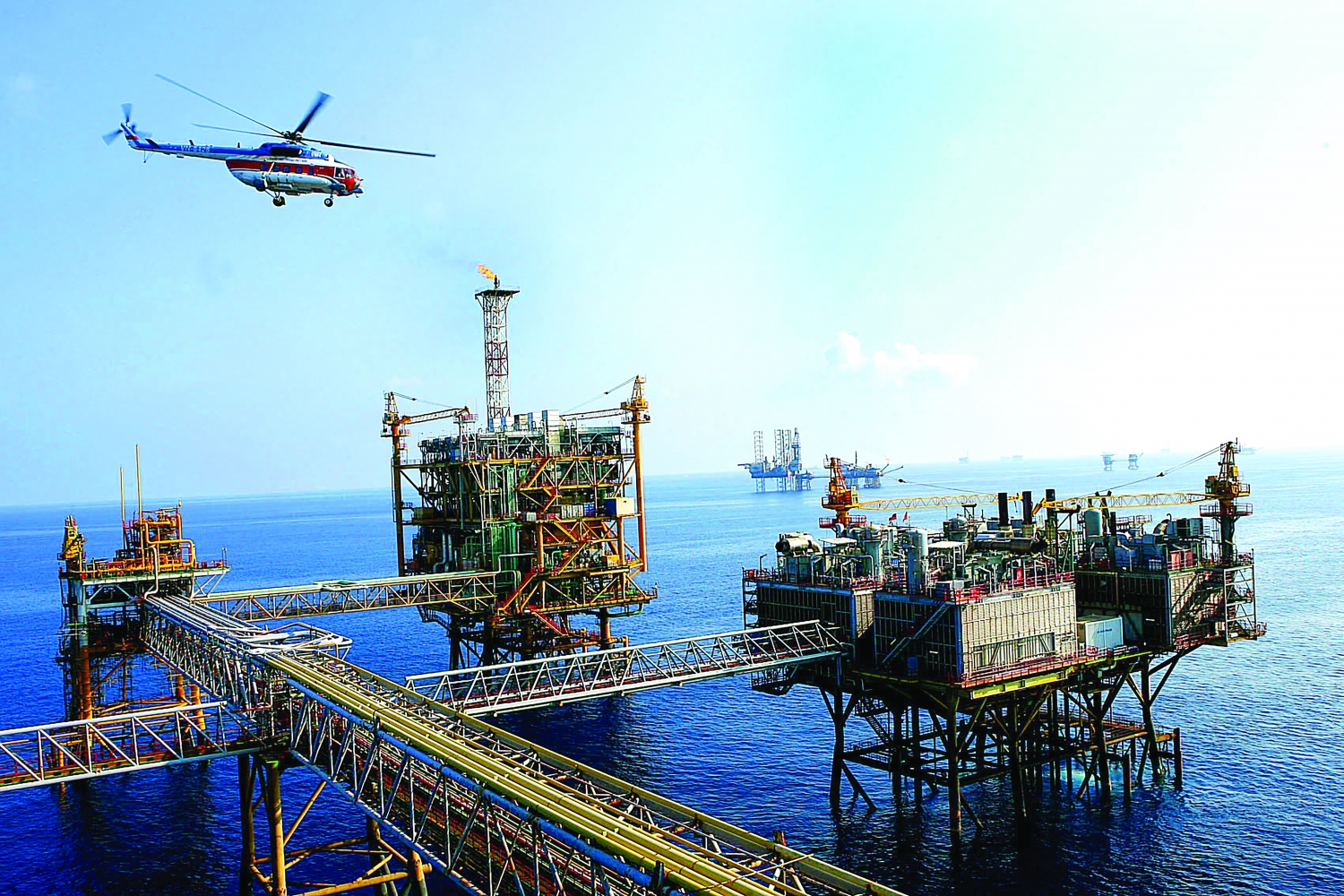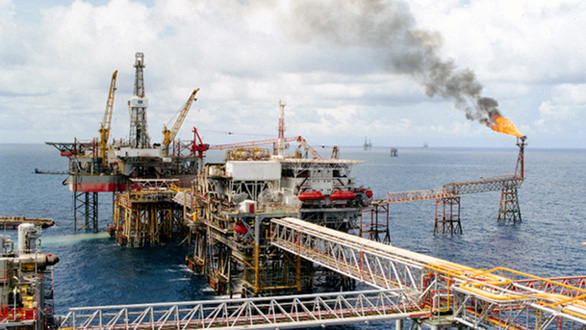According to statistics from the General Department of Customs, in the twelve months of 2023, Vietnam earned USD 1.92 billion from crude oil exports, with over 2.8 million tons exported, a 1.4% increase in volume but a 15.5% decrease in value compared to the same period last year. The average export price was USD 682 per ton, a 16.7% decrease compared to the same period in 2022.
Thailand was the largest market, with Vietnam exporting 1.1 million tons of crude oil to the Land of Smiles in 2023, equivalent to over USD 744 million, accounting for 39.3% of total exports. The export price reached USD 673.5 per ton. Ranking second and third were Australia and Japan, with market shares of 28.3% and 10.3%, respectively.
Notably, Singapore emerged as a dynamic market for Vietnamese crude oil in 2023, with the highest growth rate among all markets.
Specifically, Vietnam exported 119,428 tons of crude oil to Singapore in December 2023, earning over USD 84 million, a dramatic increase of 417% in volume and 512% in value compared to the same period in 2022. This was also the month with the highest export volume in the whole of 2023.
Accumulating the whole of 2023, the Lion City imported 236,304 tons of crude oil from Vietnam, equivalent to over USD 170 million, an increase of 172% in volume and 141% in value. The export price reached USD 721 per ton.

Vietnam ranks 28th among countries with proven oil reserves in the world. Illustrative photo.
Our country has oil reserves of around 4.4 billion barrels, ranking 28th among countries with proven oil reserves in the world.
According to the Vietnam Oil and Gas Group, as of 2021, the total oil and gas reserves discovered on the Vietnamese continental shelf were around 1.5 billion cubic meters of oil equivalent, including about 734 million cubic meters of oil and condensate and 798 billion cubic meters of gas. The reserves of the exploited fields are mainly concentrated in the Cuu Long, Nam Con Son, Song Hong, and Malay-Tho Chu basins.
In addition to the areas where oil and gas have been discovered, there are many unexplored structures with a recoverable potential of 1.5-2.5 billion cubic meters of oil equivalent in the sedimentary basins on the continental shelf and in the exclusive economic zone of Vietnam. The deep-sea, offshore, and complex areas account for about 50%, distributed as follows: Cuu Long Basin (9%), Song Hong Basin (20%), Malay – Tho Chu Basin (3%), Phu Quoc Basin (2%), Nam Con Son Basin (15%), Phu Khanh Basin (16%), Tu Chinh – Vung May Basin (32%), and Hoang Sa Basin (5%).
The potential of these structures is distributed in deep-sea, offshore areas, where the field conditions are complex and difficult, making it challenging to proactively exploit them in the Tu Chinh – Vung May, Song Hong, Phu Khanh, and Nam Con Son basins (more than 50% of total potential). These areas have received less exploration, with only oil and gas discoveries to date and limited documentation, so the forecast is fraught with high risk.

Bach Ho field has reserves of around 300 million tons, the largest on the Vietnamese continental shelf. Photo: PVN.
Ba Ria – Vung Tau accounts for 93.29% of the country’s oil reserves
Ba Ria – Vung Tau province has oil reserves of around 400 million tons, accounting for 93.29% of the national total; gas reserves of over 100 billion cubic meters, accounting for 16.2% of the national total. Ba Ria – Vung Tau is currently one of the largest oil extraction and processing centers in Vietnam. From 2000 to the present, Ba Ria – Vung Tau has become a leading locality in the energy sector.
Bach Ho is the largest oil field on the continental shelf of Vietnam, located in the Cuu Long basin, with reserves of around 300 million tons. The Bach Ho field has a production output of 38,000 tons of crude oil per day, accounting for 80% of the country’s crude oil production.
Ba Ria – Vung Tau also has several other major fields, such as Te Giac Trang field with a production of around 34,000 barrels of oil/day; Lan Tay – Lan Do field with a main product of natural gas, producing around 9.5 million cubic meters of gas per day.
According to information from the Vietnam Energy Association, on September 6, 1988, the oil industry extracted its first commercial ton of oil at the Bach Ho field. At that time, surveys showed that the oil field body had reserves of nearly 4 billion barrels, an area of nearly 60 square kilometers, and a height of approximately 1,300 meters.




































